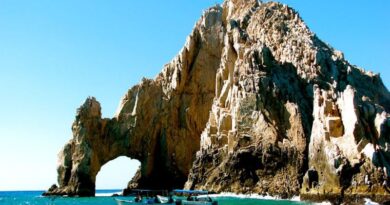Destinations That May Not Exist in 10 Years – The allure of travel lies not only in experiencing new cultures and landscapes but also in witnessing the world’s natural wonders and iconic destinations. However, the rapid pace of change in our environment, politics, and the global economy has put many of these beloved places at risk of disappearing within the next decade.
This alarming prospect prompts us to consider the factors contributing to the potential demise of these destinations, including the insidious effects of climate change, environmental degradation caused by human activities, the menace of overtourism, and the destabilizing influence of political conflicts.
In this exploration, we will delve into the perilous conditions faced by some of the world’s most cherished destinations. By examining case studies like the Great Barrier Reef, Venice, the Maldives, and the Amazon Rainforest, we will gain a deeper understanding of the specific challenges these places confront.
Additionally, we will highlight the mitigation and conservation efforts that offer hope and underscore the urgency of global cooperation and individual responsibility to safeguard these irreplaceable treasures for future generations.
Destinations That May Not Exist in 10 Years
Venice, Italy

Venice, Italy, known for its iconic canals and historic beauty, faces a precarious future due to rising sea levels and recurrent flooding. The city’s existence is threatened by climate change, with efforts underway to preserve its unique heritage.
Venice’s long-term survival hinges on innovative flood defense systems and international cooperation in combating the environmental challenges that could shape its destiny.
The Maldives
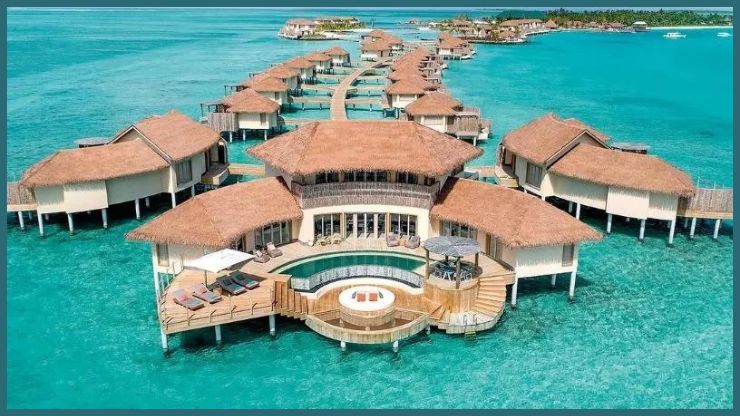
The Maldives, an enchanting island nation in the Indian Ocean, is imperiled by rising sea levels. With the highest point barely above sea level, it is acutely vulnerable to the effects of climate change. The Maldives has implemented strategies to combat this existential threat, such as building artificial islands and promoting sustainable tourism.
However, its long-term survival remains uncertain. The Maldives’ fate will largely depend on global efforts to mitigate climate change and preserve this paradise, ensuring it remains a destination of breathtaking natural beauty for generations to come.
Also, Read – Must-Visit Destinations in the United States
The Great Barrier Reef, Australiaf
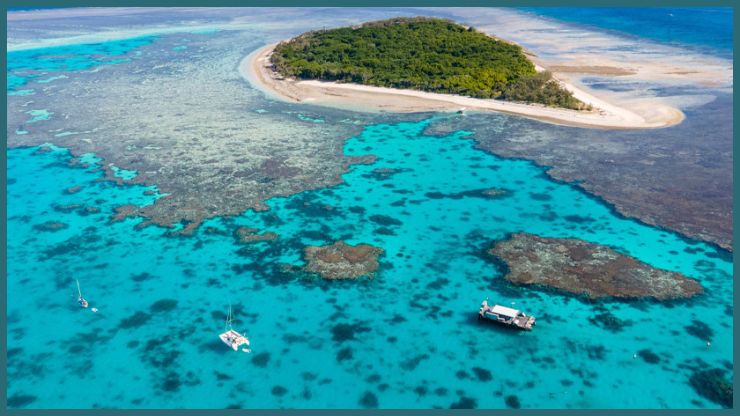
The Great Barrier Reef, the world’s largest coral reef system off the coast of Australia, is under severe stress from climate change and coral bleaching. Rising sea temperatures and ocean acidification have led to the deterioration of this natural wonder.
While conservation efforts are ongoing, the reef’s future remains uncertain. Its continued existence depends on global action to reduce carbon emissions and protect the marine ecosystem. Preserving the Great Barrier Reef is not only essential for biodiversity but also for the countless tourists who visit to witness its unparalleled underwater beauty.
The Dead Sea, Jordan/Israel/Palestine
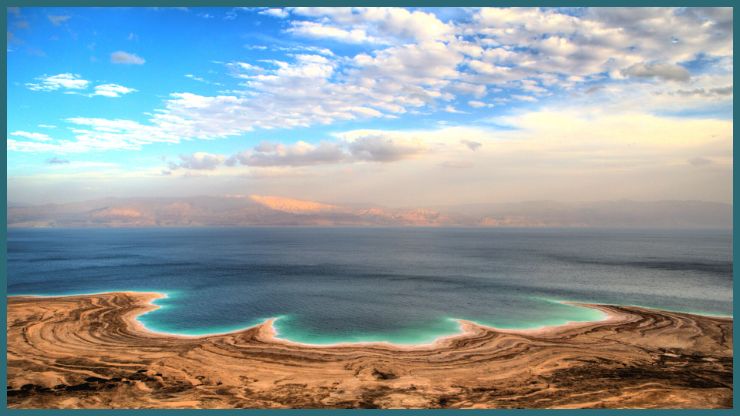
The Dead Sea, situated at the lowest point on Earth, faces an existential crisis due to extensive water diversion from the Jordan River and other sources. This iconic saltwater lake, shared by Jordan, Israel, and Palestine, has been rapidly shrinking, causing environmental and economic concerns.
Without comprehensive water management and conservation measures, the Dead Sea’s decline may continue, affecting the region’s fragile ecosystems and unique health tourism industry. The long-term fate of the Dead Sea relies on international cooperation to address water resource challenges and sustain this historic and extraordinary natural wonder.
Kiribati
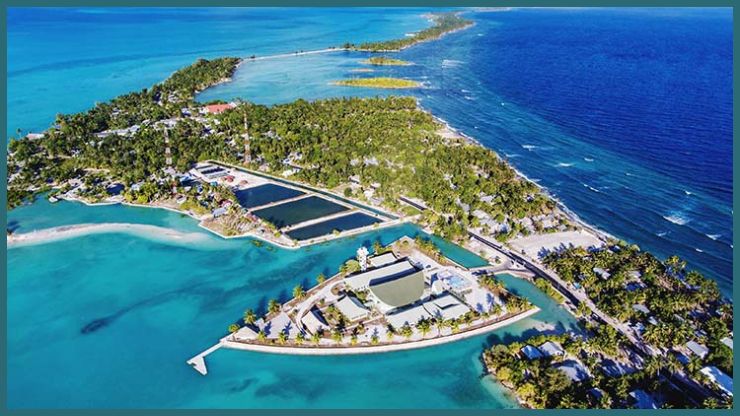
Kiribati, a Pacific island nation, confronts a dire future due to rising sea levels. Its low-lying atolls and limited land elevation make it extremely susceptible to climate change. The government has purchased land in Fiji to potentially relocate its citizens, exemplifying the gravity of the situation.
Kiribati’s survival hinges on international climate change mitigation efforts. Protecting its people, culture, and unique marine biodiversity necessitates immediate action to combat sea-level rise and ensure the long-term viability of this vulnerable nation.
Antarctica

Antarctica, the Earth’s southernmost continent, is confronting significant environmental challenges due to climate change. Rising temperatures and melting ice pose a threat to its unique ecosystems, including penguins, seals, and marine life. Additionally, the melting ice contributes to global sea-level rise. While Antarctica’s entire existence is not at stake, its ecosystems and ice sheets are under pressure.
The continent plays a critical role in regulating the Earth’s climate, making it imperative to address climate change and protect this pristine wilderness. International cooperation and conservation efforts are essential to secure the future of Antarctica and its invaluable scientific and environmental contributions.
Parts of the Amazon Rainforest
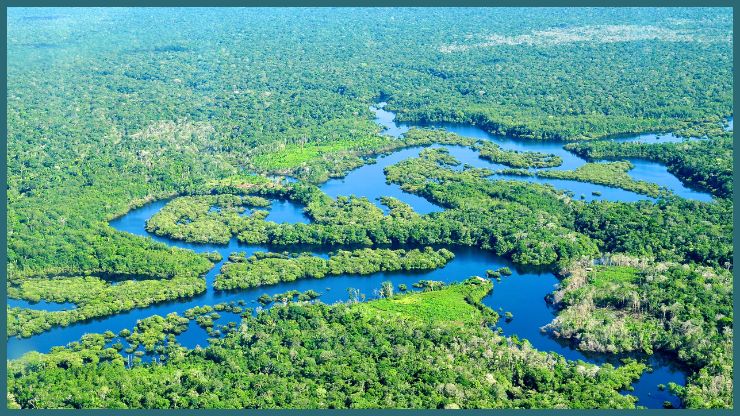
Certain regions within the Amazon Rainforest, the world’s largest tropical rainforest, are at risk due to deforestation and climate change. These environmental pressures threaten the delicate balance of this biodiverse ecosystem, putting unique flora and fauna in jeopardy. While the entire rainforest may not vanish, significant areas could be altered or even lost, affecting global climate and biodiversity.
Conservation and sustainable land management are crucial to protect these invaluable forests and their role in mitigating climate change. Preserving the Amazon’s rich biodiversity and indigenous communities’ way of life depends on international efforts to combat deforestation and address climate challenges.
Also, Read – Best 10 Wedding Destinations in Washington
Aral Sea, Kazakhstan/Uzbekistan
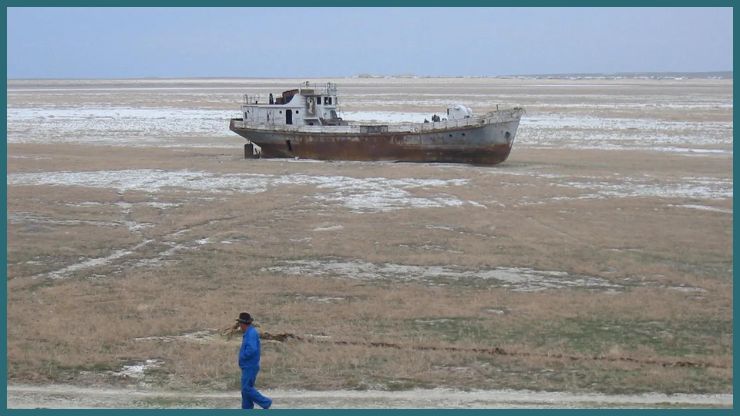
The Aral Sea, once one of the world’s largest lakes, is now a stark example of environmental mismanagement. Located in Kazakhstan and Uzbekistan, it has dramatically shrunk due to excessive water diversion from the Amu Darya and Syr Darya rivers for agriculture. This environmental disaster has had severe consequences, including the desertification of surrounding areas and the loss of a vital source of livelihood for local communities.
While efforts to restore parts of the sea are ongoing, the Aral Sea serves as a cautionary tale of the devastating impact of human actions on fragile ecosystems and underscores the need for sustainable water management and environmental conservation.
Pyongyang, North Korea
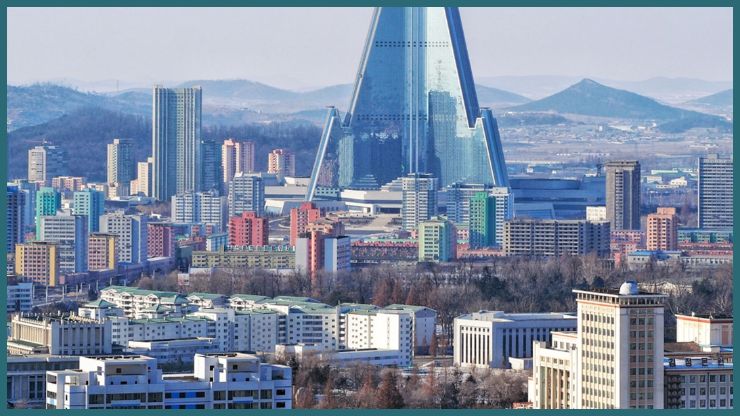
Pyongyang, the capital of North Korea, faces an uncertain future marked by political isolation, a tightly controlled regime, and potential geopolitical changes. The city’s accessibility to international tourists is restricted, and its dynamics are closely tied to North Korea’s secretive government.
While it’s impossible to predict the city’s exact fate, shifts in North Korean politics, diplomacy, or internal developments could significantly impact the destination’s status and visitor accessibility.
The long-term prospects of Pyongyang depend on a complex interplay of factors, making it a destination that may experience transformations in the years to come.
Small Pacific Islands
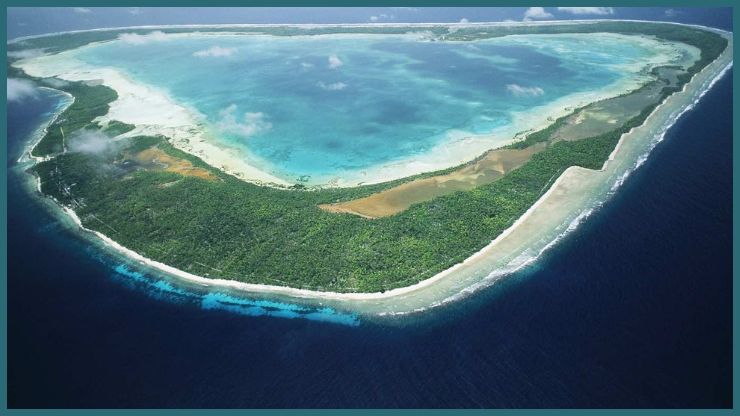
Small Pacific Islands, many of which are low-lying atolls, are at grave risk due to rising sea levels, intensified storms, and climate change. These nations, including Tuvalu, Kiribati, and the Marshall Islands, face an existential threat as their landmasses diminish. Urgent international action is needed to combat this crisis, protect the unique cultures and traditions of these island communities, and ensure their survival.
Some islands are already experiencing forced relocations. The fate of these small Pacific Islands hinges on global efforts to curb climate change and support adaptation measures, underscoring the pressing need to address the human and environmental impact of a changing climate.
Conclusion
In a rapidly changing world, the specter of cherished destinations vanishing within a decade serves as a poignant reminder of our collective responsibility. Climate change, environmental degradation, overtourism, and political instability threaten places of immense cultural and ecological value.
However, by acknowledging these risks, supporting conservation efforts, and promoting sustainable tourism, we can still work towards preserving these unique destinations.
The fate of these places is intertwined with our commitment to protecting the planet, emphasizing that the actions we take today can determine whether these remarkable destinations endure or fade into memory.
FAQs
Climate change, environmental degradation, overtourism, and political instability are some of the primary factors threatening the existence of certain destinations.
Climate change can lead to rising sea levels, extreme weather events, and disruptions in ecosystems, affecting natural wonders and coastal areas.
Overtourism occurs when an excessive number of tourists overwhelm a destination, causing environmental damage, cultural erosion, and a decline in the quality of the visitor experience.




